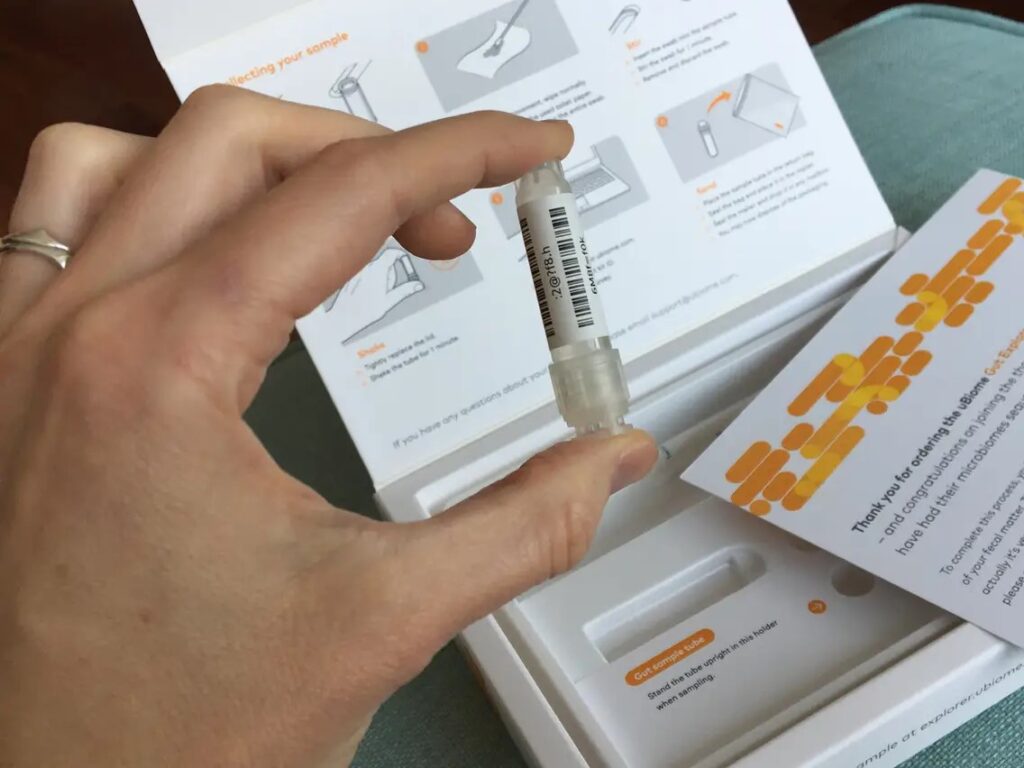In recent years, scientific interest in the gut microbiome has grown significantly, unveiling its role in overall health and well-being. With advances in technology, gut microbiome testing has emerged as a tool to understand the complex world within our digestive system.
In this comprehensive guide, we will delve into the significance of the gut microbiome, how gut microbiome testing works, its benefits, potential risks, interpreting test results, ways to improve gut microbiome health, and why understanding your gut microbiome is crucial for your overall health.

Table of Contents
What is the Gut Microbiome?
The gut microbiome refers to the vast community of microorganisms, including bacteria, viruses, fungi, and other microbes, residing in our digestive tract. These microorganisms play a critical role in various bodily functions, including digestion, immunity, metabolism, and even mental health.
How Does Gut Microbiome Testing Work?
Gut microbiome testing involves analyzing the DNA and genetic material of the microorganisms present in the gut. This is typically done through a stool sample that contains a diverse range of microbes. Advanced sequencing techniques are then used to identify and characterize the various microorganisms present.
Benefits of Gut Microbiome Testing
- Personalized Health Insights: Gut microbiome testing provides personalized insights into your unique microbial composition, helping you understand how your microbiome may impact your health.
- Health Optimization: By identifying imbalances or dysbiosis in the gut microbiome, you can make targeted dietary and lifestyle changes to improve your overall well-being.
- Disease Risk Assessment: Certain microbial patterns have been linked to specific health conditions. Gut microbiome testing can provide insights into potential disease risks.
Risks of Gut Microbiome Testing
- Limited Clinical Validation: While gut microbiome testing is promising, its clinical validation and interpretation are still evolving. Some test results may lack a clear path for actionable steps.
- Complexity: Interpreting test results requires expertise, as microbial interactions are intricate and multifaceted.
- Overinterpretation: Misinterpreting test results could lead to unnecessary dietary or lifestyle changes that might not yield the desired outcomes.
How to Interpret Gut Microbiome Test Results
- Consult a Professional: Seek guidance from a healthcare provider or registered dietitian who specializes in gut health to interpret the results accurately.
- Consider Patterns: Look for patterns in microbial diversity, composition, and potential imbalances that may require attention.
How to Improve Your Gut Microbiome Health
- Diverse Diet: Consume a variety of fiber-rich foods, including fruits, vegetables, whole grains, and legumes, to promote microbial diversity.
- Probiotics and Prebiotics: Include probiotic-rich foods (like yogurt) and prebiotic foods (like garlic and onions) to support beneficial microorganisms.
- Reduce Stress: Chronic stress can impact the gut microbiome. Practices like meditation and relaxation techniques can help.

The gut microbiome is a fascinating and integral component of our health. Gut microbiome testing offers an exciting glimpse into its complexity and potential impact on our well-being. While the field is still evolving, the insights gained from testing can guide us toward a more personalized approach to health optimization.
Remember that interpreting test results requires expert guidance, and making informed dietary and lifestyle choices is essential. By nurturing a healthy gut microbiome through proper nutrition and lifestyle practices, you’re actively contributing to your overall health and well-being.


